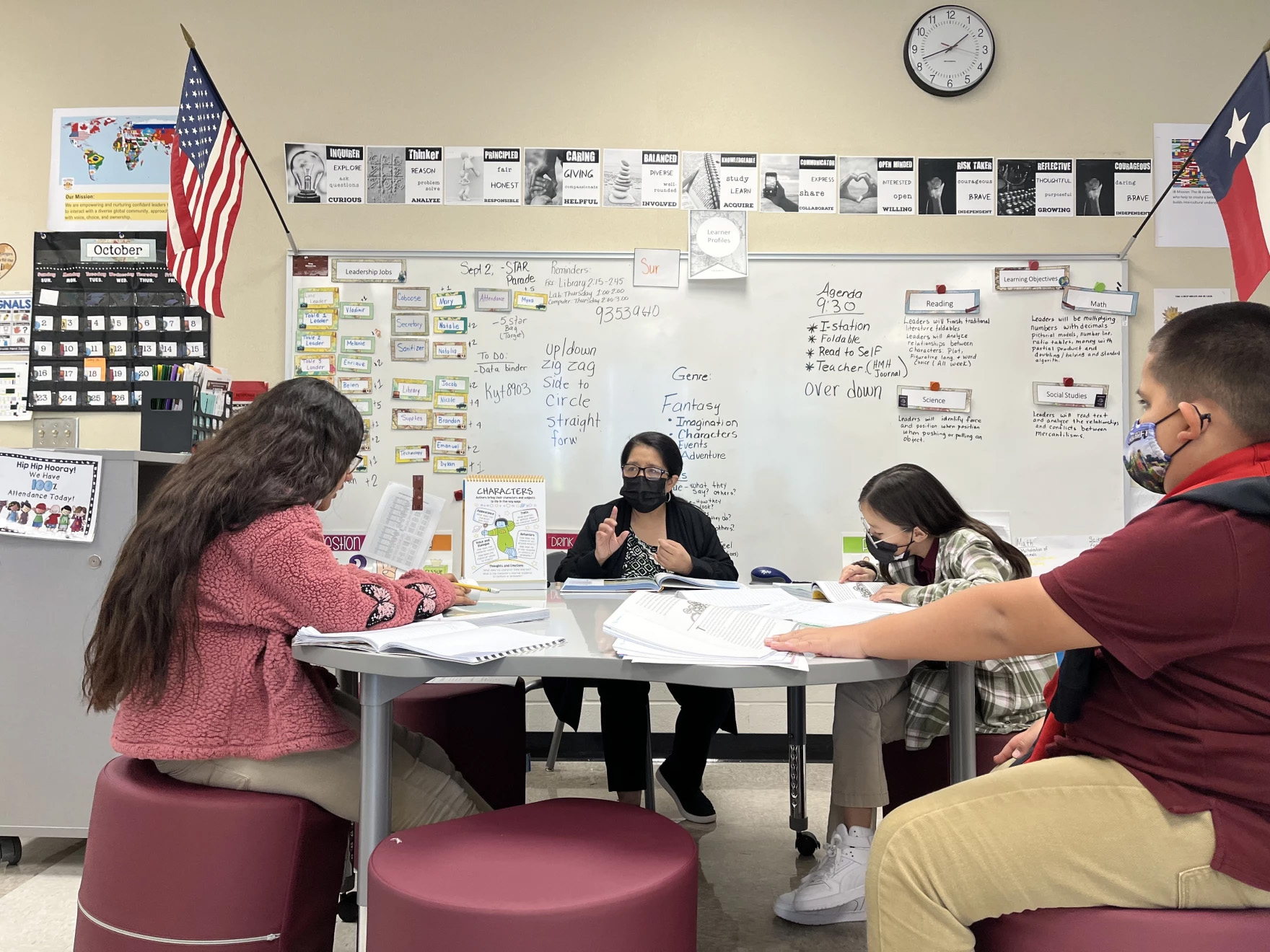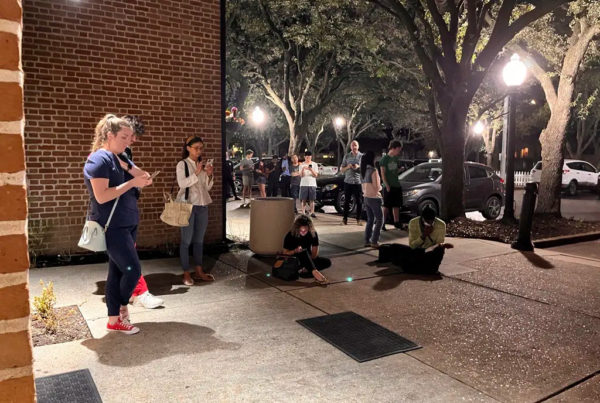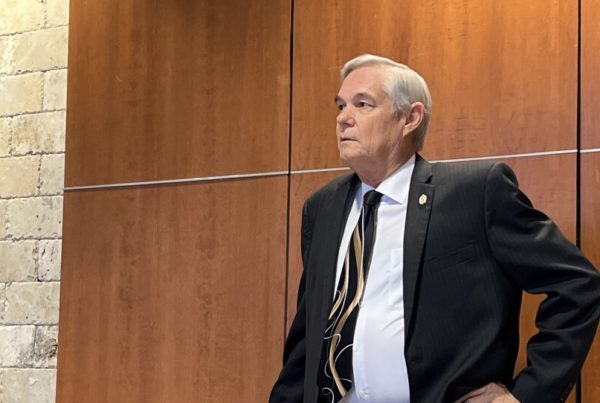From Texas Public Radio:
This is the second in a three-part series on San Antonio’s teacher shortage. Read part one and part three.
This past May, the union that represents teachers and support personnel at the San Antonio Independent School District held a rally outside the district’s central office.
“If you support pay raises for workers let me hear you,” shouted the union president, Alejandra Lopez, to cheers.
After a tough year juggling a substitute shortage and hundreds of vacancies in every department, they had a message for the school board.
“We’re here to show the board that they must demonstrate their commitment to workers in the district by prioritizing a pay raise to attract and retain the high-quality staff that our students deserve,” Lopez said.
School boards across San Antonio heeded that call, approving raises ranging from $1,000 to $3,600 for teachers.
But when the new school year started in August, San Antonio districts had significantly more vacancies than the year: at least 772 according to a TPR analysis of data from 12 San Antonio school districts. That’s nearly double the number of vacancies the districts had the year before.
















